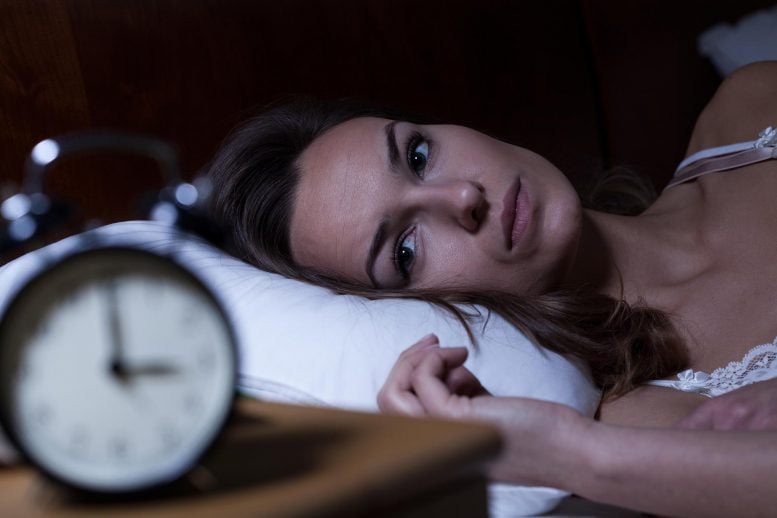
Children over the age of two can be encouraged to sleep propped up with pillows. Lying down can increase the sensation of pressure and discomfort in your child’s ears. Discharge from the ear, a sign of possible eardrum rupture.Difficulty hearing, often evidenced by asking you to repeat things or failure to respond to soft sounds.Sensations of pain and pressure in the ear.Children with Down Syndrome and other congenital issues with how their internal structures are formed may also be more prone to infections. Your child doesn’t need to have suffered a recent cold, though colds, flus and allergies can contribute to the frequency of infections. The pressure from lack of air flow and general swelling from infections can be very uncomfortable. The fluid becomes a breeding ground for bacteria, and the next thing you know, your child is experiencing the classic symptoms. Fluid is pulled out of the surrounding tissues. When they’re swollen shut, the pressure builds. Normally, the pressure is relieved when we chew and swallow, which encourages the Eustachian tubes to open. A vacuum is formed by the natural pressure in your child’s ears. The opening to your child’s tiny Eustachian tubes get swollen shut. Once bacteria is in the ears, the inside of the ears gets inflamed. The ear can’t drain as effectively, and it’s easy for bacteria from the throat and nasal tract to travel into the ear. In children, the tubes are short and horizontal.

In adults, they’re long and slanted for efficient drainage. These are the Eustachian tubes, the ear’s air pressure regulators and drainage system. If you could peak inside your child’s head, you would see thin tubes that connect their ears to the back of their throat. If your child is suffering, there are a few things you can do to help ease their discomfort.


They’re painful, they’re stubborn and they can be tough for a young child to cope with. Therapy-resistant chronic middle ear disease may be caused by GERD.According to the National Institute of Health, five in six children will have at least one ear infection by their third birthday. GERD may manifest itself as an extraesophageal manifestation, such as nasopharyngitis, leading to ear disease. All the patients responded favorably to anti-GERD therapy. It is reasoned that the GERD leads to nasopharyngitis and this to a chronic ear problem. The latter used endoscopy and Savary-Miller's classification of esophagitis, a 24-hour ambulatory dual esophageal pH monitoring, and esophageal manometry.įour patients were identified who had a chronic ear problem and simultaneous GERD. Patients with chronic ear problems and GERD were thoroughly analyzed by the otorhinolaryngologist and the gastroenterologist.

Thorough analysis of one patient with a chronic ear problem and GERD, both of which responded favorably after antireflux therapy consisting of omeprazole and conservative antireflux measures (raising the head of the bed by 20 to 25 cm, avoiding meals and drinks 3 hours before retiring, and other dietary and lifestyle modifications), and a search for more patients with similar coexisting conditions. To describe one patient with a puzzling therapy-resistant unilateral chronic otitis media, analyze his diagnosis, and describe three similar patients with the same symptoms and signs, i.e., a chronic ear problem together with gastroesophageal reflux disease (GERD).


 0 kommentar(er)
0 kommentar(er)
